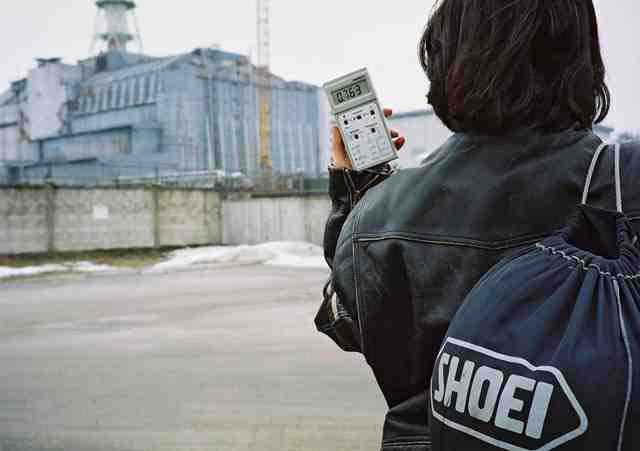So what the hell's going on in the Eastern States of Australia in the last month? Massive floods in the north, drought and unprecedented fire storms in the south, and now earthquakes in Victoria and a cyclone brewing in Queensland. Climate change is what they call it. All this in the midst of the global financial crisis and, in the past days, the numbers showing that Australia is now in recession. Everything seems to be extreme and on the move: an all pervasive climate of change.Remember the opening line of the web film EPIC 2015?
"It is the best of times, it is the worst of times".
With the help of google, i now know this refers to a quote from Charles Dickens, which you can read here.
The reason I looked this up was that Philip Adams also refers to it in his column in the today's weekend Australian magazine. His article is more-or-less a call for wary optimism: that in this time of doom, gloom and radical upheaval, we can still be optimistic about the future, but we should not simply expect the best to happen, but attempt to actively make it happen (well, he says we should "demand" it, but i think we need to be a little more creative than just making demands).
It turns out that Adams is a little cynical of the following, but this is what caught my eye:
"The worst of times? No, these are the best of times, an opportunity for unprecedented creativity. For ideas and innovations in economics, in politics, in environmental strategies."
While we should be wary of either blind optimism or gloomy doomsayers, constructing future scenarios that enter into a energetic, engaged enthusiasm about possibilities seems vitally important in this climate of change.






 The Californian brood was the result of IVF, the embryos being artifically implanted (they apparently didn't expect all of them to 'take'). Interesting how biotechnology is leading us closer to our animal companions.
The Californian brood was the result of IVF, the embryos being artifically implanted (they apparently didn't expect all of them to 'take'). Interesting how biotechnology is leading us closer to our animal companions. 

